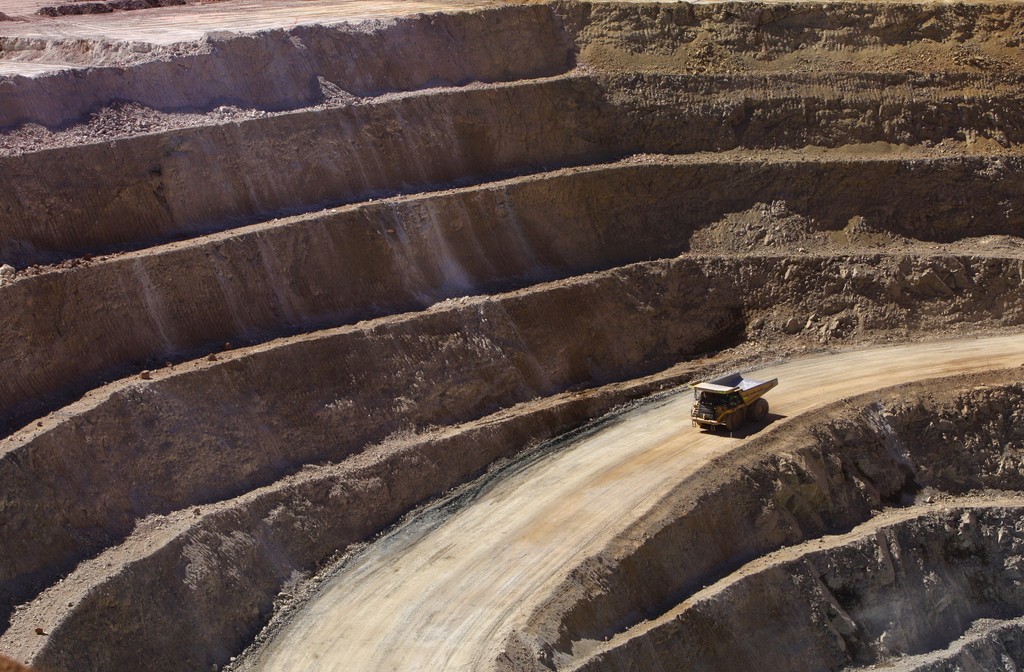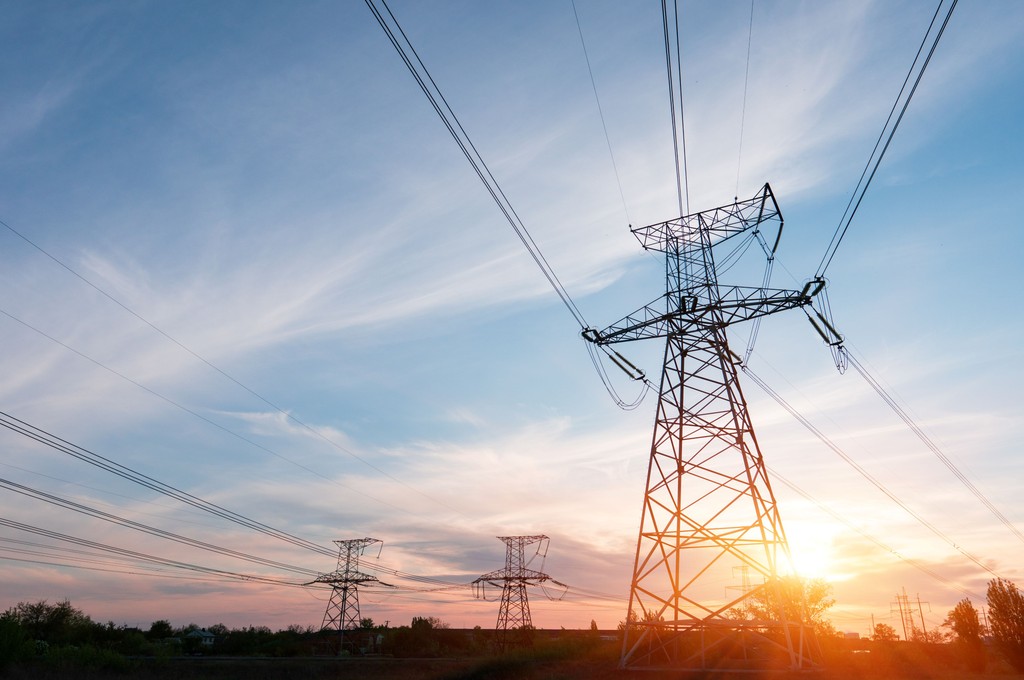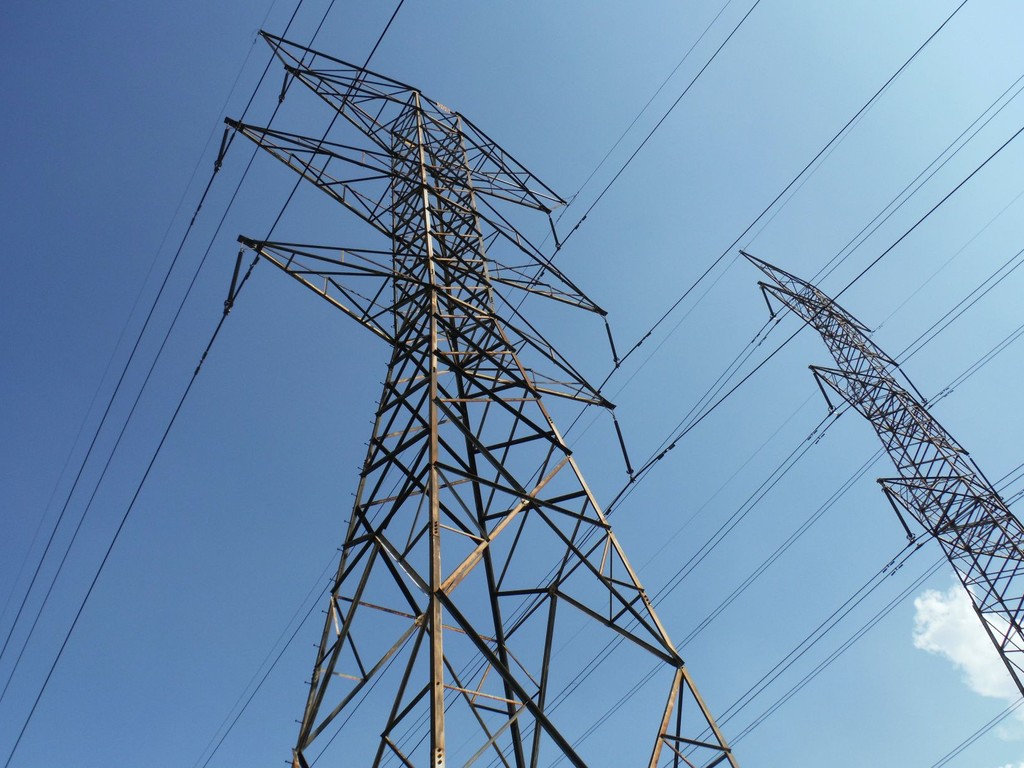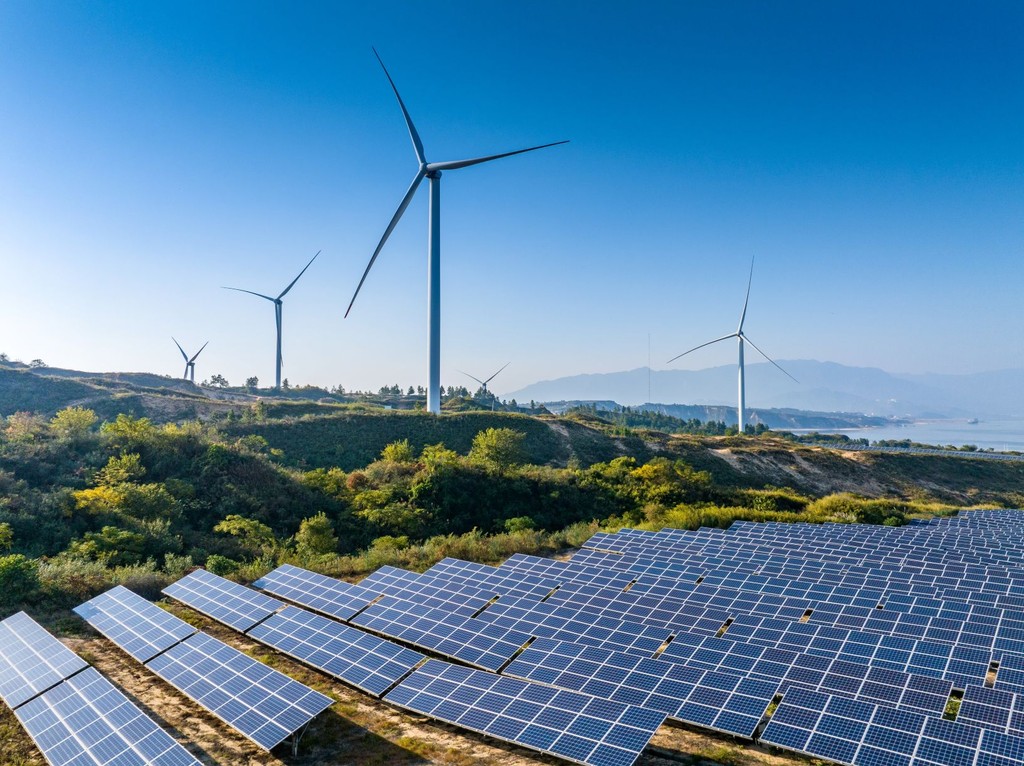PRESS RELEASE
Solar Shines the Path for the Philippines to Reduce Reliance on Fossil Fuel Imports

- BloombergNEF’s The Philippines’ Path to Clean and Affordable Electricity report finds that solar power is already the cheapest source of electricity generation in the Philippines
- 2025 is a pivotal moment for the country to accelerate the decarbonization of its power sector
- Solar paired with batteries is also becoming more economically viable than newly built gas- and coal-fired power plants
- Onshore wind paired with batteries is set to become more competitive than new thermal plants by 2032
Singapore, June 3, 2025 – Increasing the role of renewables in the generation mix could reduce the Philippines’ reliance on imported fuels and boost its energy security, according to BloombergNEF’s latest report, The Philippines’ Path to Clean and Affordable Electricity. 2025 is a pivotal year for the Philippines to accelerate decarbonization of its power sector. As a Paris Agreement signatory, the country will need to submit its updated Nationally Determined Contribution (NDC) with emission targets for 2035.
The report finds that increasing the share of renewables in the Philippines would also reduce the final cost of electricity for consumers. In comparison, continued expansion of Philippines’ thermal power plant fleet could result in a high-cost, less-efficient, and more polluting power system. Moreover, retrofitting thermal power plants for hydrogen blending or ammonia co-firing are both more expensive and less effective in abating emissions. Similar challenges apply to the use of carbon capture and storage at existing thermal power plants in the near term.
BNEF’s report shows that the levelized cost of electricity generation (LCOE) for a new utility-scale solar power plant in the Philippines today ranges from $35 to $72 per megawatt-hour (MWh) on a real 2024 dollar basis. This is lower than the equivalent $87-105/MWh for a combined-cycle gas turbine (CCGT) and $87-117/MWh for a coal power plant. BNEF expects a typical solar project with four-hour lithium-ion battery-based energy storage to become cost-competitive against new thermal power plants this year. Onshore wind is expected to become the second cheapest source of power generation after solar by 2028. Onshore wind-with-storage is expected to achieve this milestone by 2032 when its LCOE is expected to be $86/MWh.

Figure 1: Levelized cost of electricity for new renewables and retrofitted combined-cycle gas turbines (CCGTs) for hydrogen in the Philippines, compared against the short-run marginal cost of existing CCGTs

Figure 2: Levelized cost of electricity for new renewables and retrofitted coal power plants for ammonia in the Philippines, compared against the short-run marginal cost of existing coal plants
Source: BloombergNEF. Note: Blending and co-firing ratio is based on energy content. Storage refers to four-hour lithium-ion battery energy storage systems. SRMC is short-run marginal cost.
Levelized cost of electricity
LCOE refers to the long-term offtake power price on a dollars per megawatt-hour ($/MWh) basis required to recoup all project costs and meet an investor’s equity investment hurdle rate. BNEF uses its proprietary Energy Project Asset Valuation Model to calculate the LCOE based on input data relevant for each technology in consideration of the location where the project would be built. The calculation is based on a project finance schedule accounting for the full life of the project. This allows us to capture the project cost impact of the timing of cash flows, development and construction costs, multiple stages of financing, interest and tax implications of long-term debt instruments and depreciation, among other factors.
“Our report shows that the Philippines can improve its already successful renewable portfolio standard (RPS) to accelerate deployment of renewables and energy storage to meet growing electricity demand,” said Hanh Phan, BNEF’s Philippines and Vietnam lead analyst and co-author of the report. “The government can consider measures such as increasing the annual RPS target as well as tightening exemptions for RPS-mandated entities.”
The Philippines also has ample untapped geothermal and offshore wind potential. It has 1.9GW of operational geothermal capacity, ranking third behind the US and Indonesia. However, only 35MW of geothermal power capacity was added over the last 10 years. In recent years, the government has set more ambitious targets for both geothermal and offshore wind, including an ambitious target to have its first offshore wind power project commissioned by 2028. While geothermal and offshore wind generation costs are higher than solar and onshore wind, their generation profiles would complement other renewables.
“The ambitious targets the Philippines has set for geothermal and offshore wind under the Philippines Energy Plan are a good start,” said Shantanu Jaiswal, BNEF’s Head of South and Southeast Asia and co-author of the report. “The Philippines will now need to come up with a viable implementation plan to scale up these sectors.”
Renewables (including hydro) accounted for 23% of Philippines’ electricity supply in 2024, BNEF estimates. BNEF’s Net Zero Scenario shows that renewables led by solar and wind can supply 74% of Philippines’s electricity in 2050 while strengthening the country’s energy security and eliminating emissions. For a copy of the full report, The Philippines’ Path to Clean and Affordable Electricity, please visit the following link.
Media Contact(s)
For further information, please contact our media team.
Oktavia Catsaros
BloombergNEF
ocatsaros@bloomberg.net
About Bloomberg
Bloomberg is a global leader in business and financial information, delivering trusted data, news, and insights that bring transparency, efficiency, and fairness to markets. The company helps connect influential communities across the global financial ecosystem via reliable technology solutions that enable our customers to make more informed decisions and foster better collaboration. For more information, visit Bloomberg.com/company or request a demo.
About BloombergNEF
BloombergNEF (BNEF) is a strategic research provider covering global commodity markets and the disruptive technologies driving the transition to a low-carbon economy. Our expert coverage assesses pathways for the power, transport, industry, buildings and agriculture sectors to adapt to the energy transition. We help commodity trading, corporate strategy, finance and policy professionals navigate change and generate opportunities.





